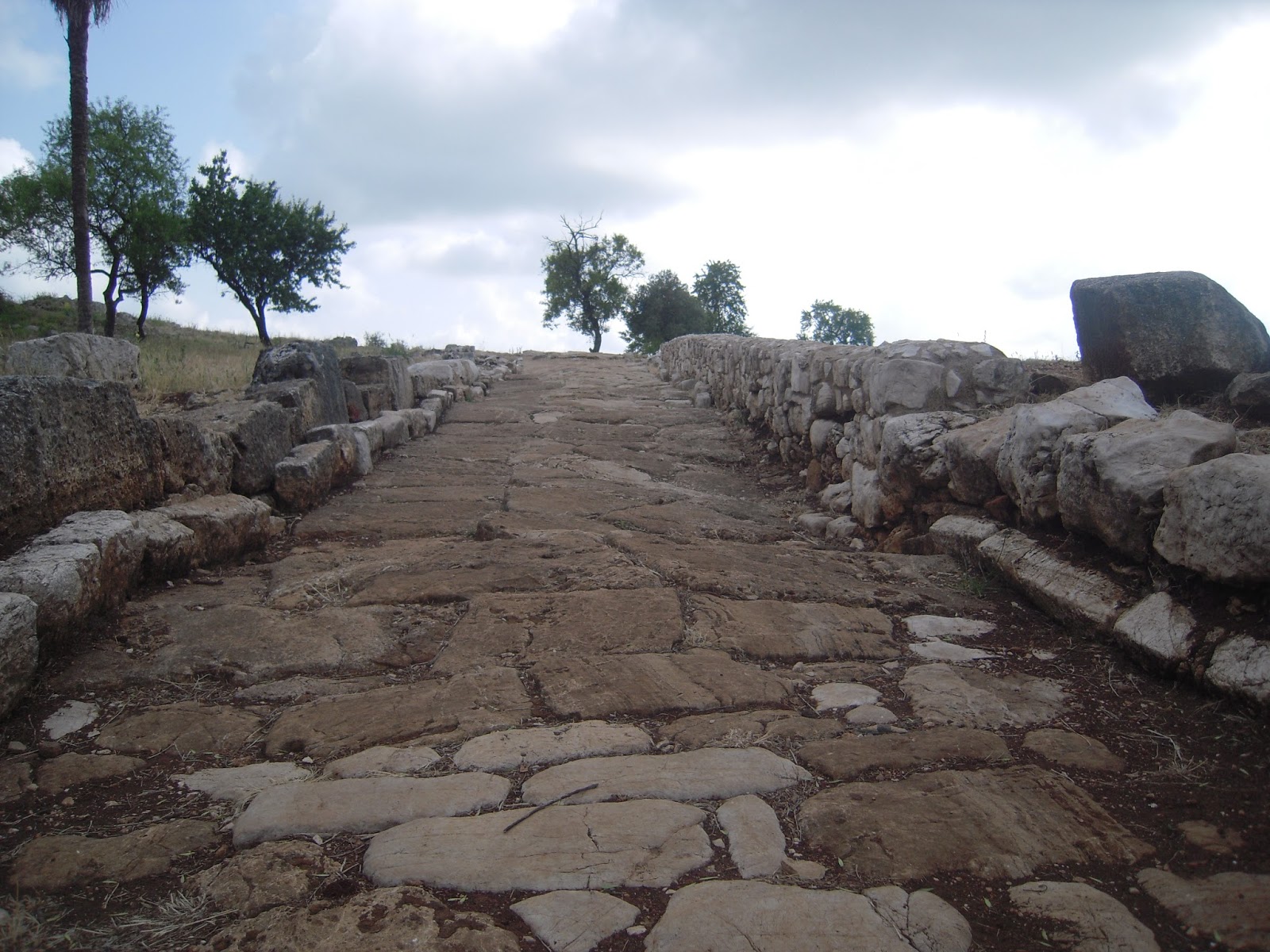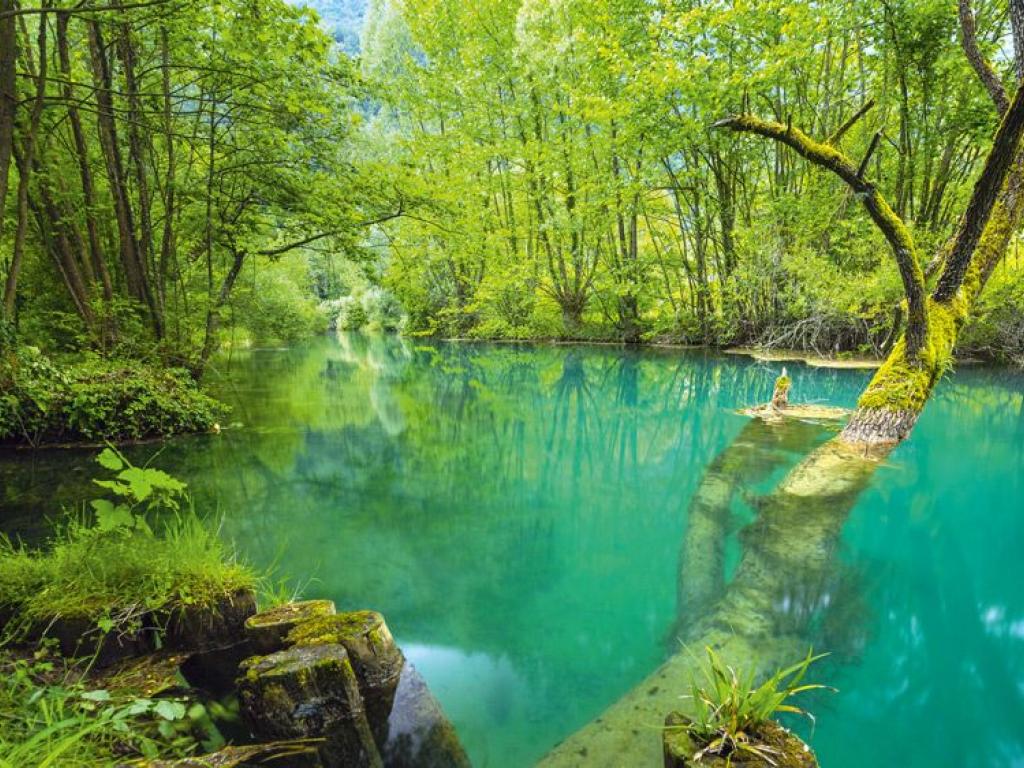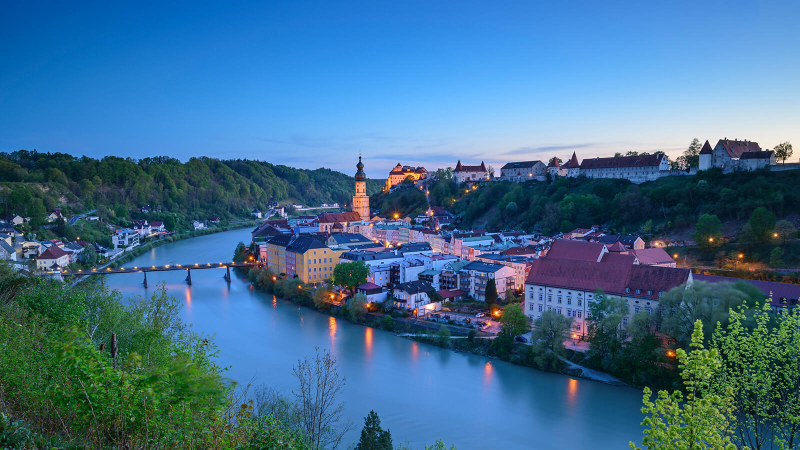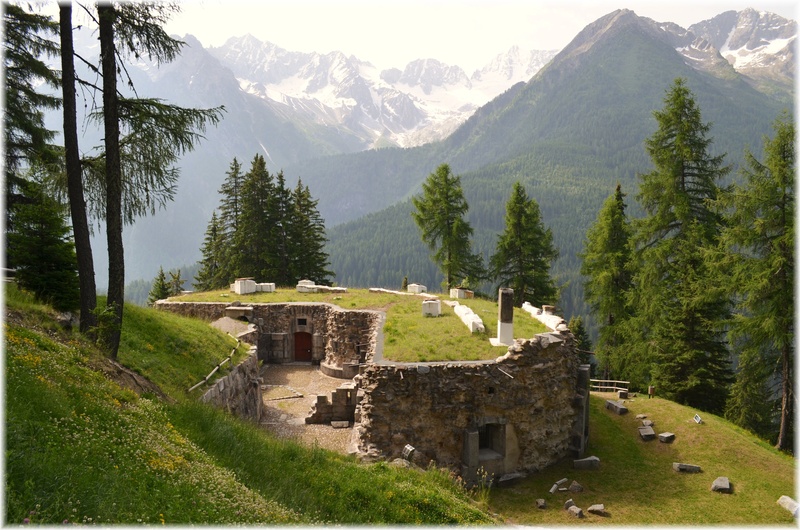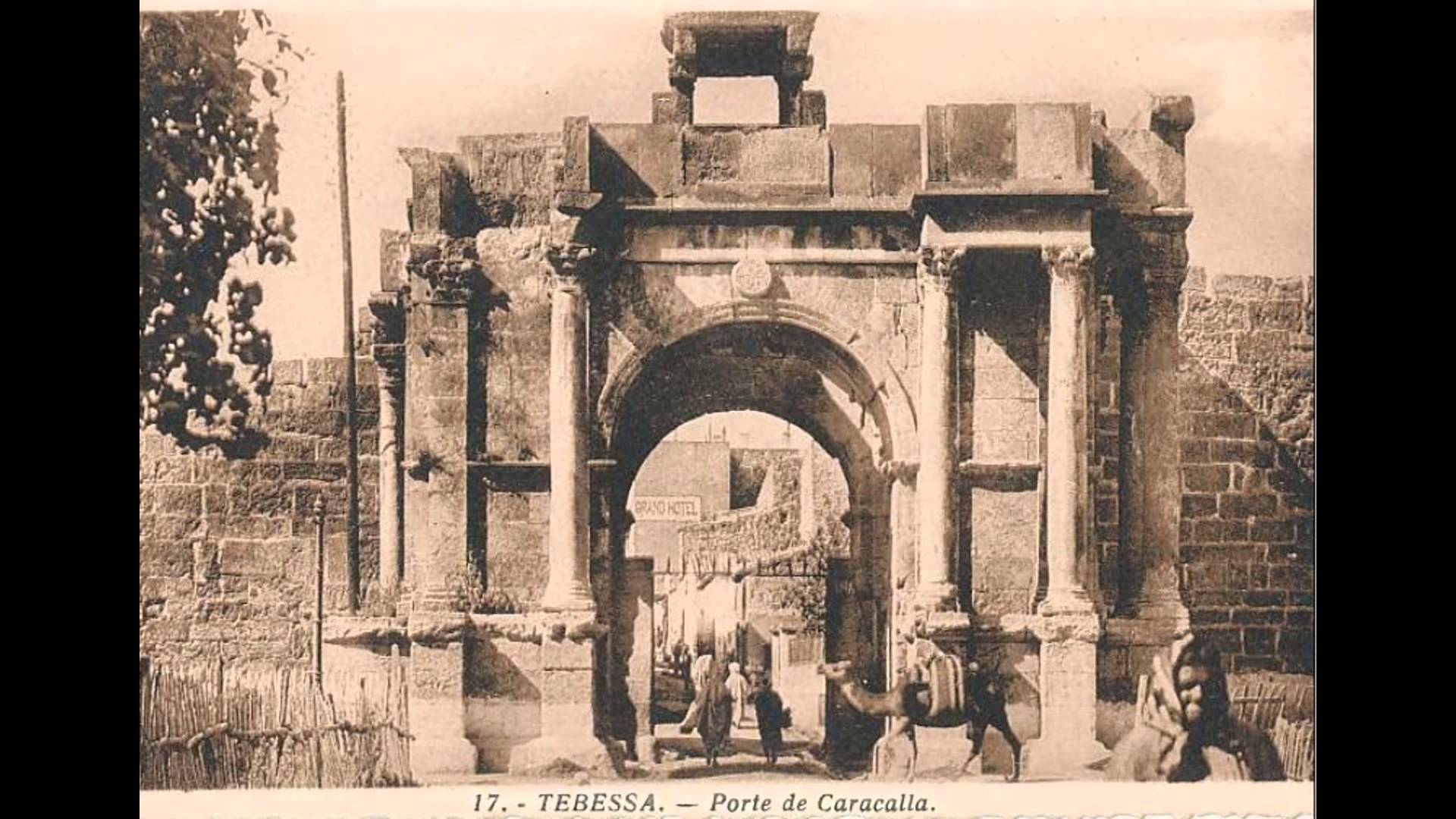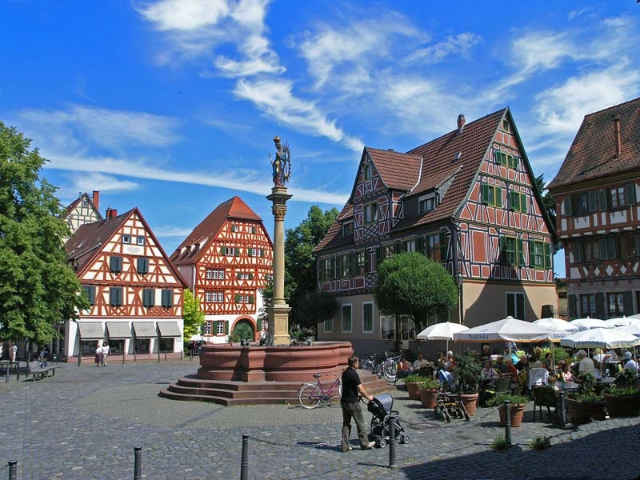Dionysius of Halicarnassus speaks of Norba as a Latin city (‘History of Archaic Rome’ lib. VII,XIII) that between 501 and 496 B.C. participated with the Latin League in the war against Rome at the battle of Lake Regillus; the conflict occurred to put Tarquinius the Superb back on the throne of Rome, who found in his son-in-law Octavius Mamilius of Tusculum, city-leader of the Latin League, a valuable ally.
The archaeological area preserves notable remains of the polygonal opus quadratum walls, with three gates dating back to the 4th century BC. The city constitutes one of the best-preserved examples in Italy of regular-plan urbanism dating back to a fairly ancient period. The rugged terrain led to the creation of sloping terraces that give the city a scenic appearance. Recent excavations have revealed significant remains of various buildings, subdivided into irregular blocks by parallel, orthogonal streets, including two acropolis with several temples.
The major acropolis contained the temple of Diana, a plinth of which remains and whose attribution to the goddess is provided to us by some finds bearing a dedication. The temple structure was divided into a pronaos and cella and surrounded on three sides by a pillared portico. The main acropolis also contained governmental and representative offices such as the Senate and military garrison.
Immediately downstream from the major acropolis is a thermal establishment in opus caementicium, with calidarium, frigidarium and tepidarium. The structure is in a good state of preservation today and is undoubtedly, along with the walls and the Porta Maggiore, the best preserved part of the ancient city.
The minor acropolis, the oldest part, contained two temples, both with rectangular bases. Their dedication is still uncertain today, but it was noted how, during the early Middle Ages, they were reused as Christian churches.
Downstream from the minor acropolis are two domus, probably related to the high ranks of the community; the domus known as ‘of the burnt seeds’ and the ‘house of the caduceus.’ The former takes its name from the remains of charred seeds testifying to the fire that destroyed, in 81, the city; the latter has instead, a peculiar floor of terracotta and colored limestone. The latter house is named after the caduceus sometimes reproduced in such floors. The same symbol of the caduceus would also seem to be present in some coins issued under the consulate of Norbanus
In the southern part of the citadel stood the time of Juno Lucina, patron goddess of births and parturients; in this house, too, the certainty of dedication is provided to us by some dedications on metal sheets. The temple was divided into a pronaos and cella, had a flight of steps in front, and was adorned with large fluted columns ending in capitals.
The Norbans built four gates to the city: two convenient ones that allowed easy access to the city but to be defended more intensively, and two others located on slopes that could be defended with minimal forces. The Porta Maggiore or Porta Setina, because it was oriented toward Sezze (Setia) and the Porta Segnina, direction Segni, are the so-called convenient gates; while the Porta Ninfina and the Porta Occidentale are those perched on precipices. Perhaps none of the Roman colonies preserve such a beautiful and intact gate as is the Porta Maggiore. Obviously of Greek derivation, it had on its left a round tower used to strike soldiers on the flank uncovered by the shield.
As for water supply, the only certain thing is that Norba was fed by rainwater, stored in numerous wells or cisterns. The places of worship, i.e., temples, were located on the major heights, places most in view and from the ground that must necessarily have been virgin, i.e., not previously built upon.
All the objects found, from sacred stones, weapons, inscriptions on bronze sheets, votive stipes, votive statuettes, fragments of masks, sime, antefixes, are contained in the National Roman Museum and the Civic Archaeological Museum of Norma, located in Via della Liberazione.
